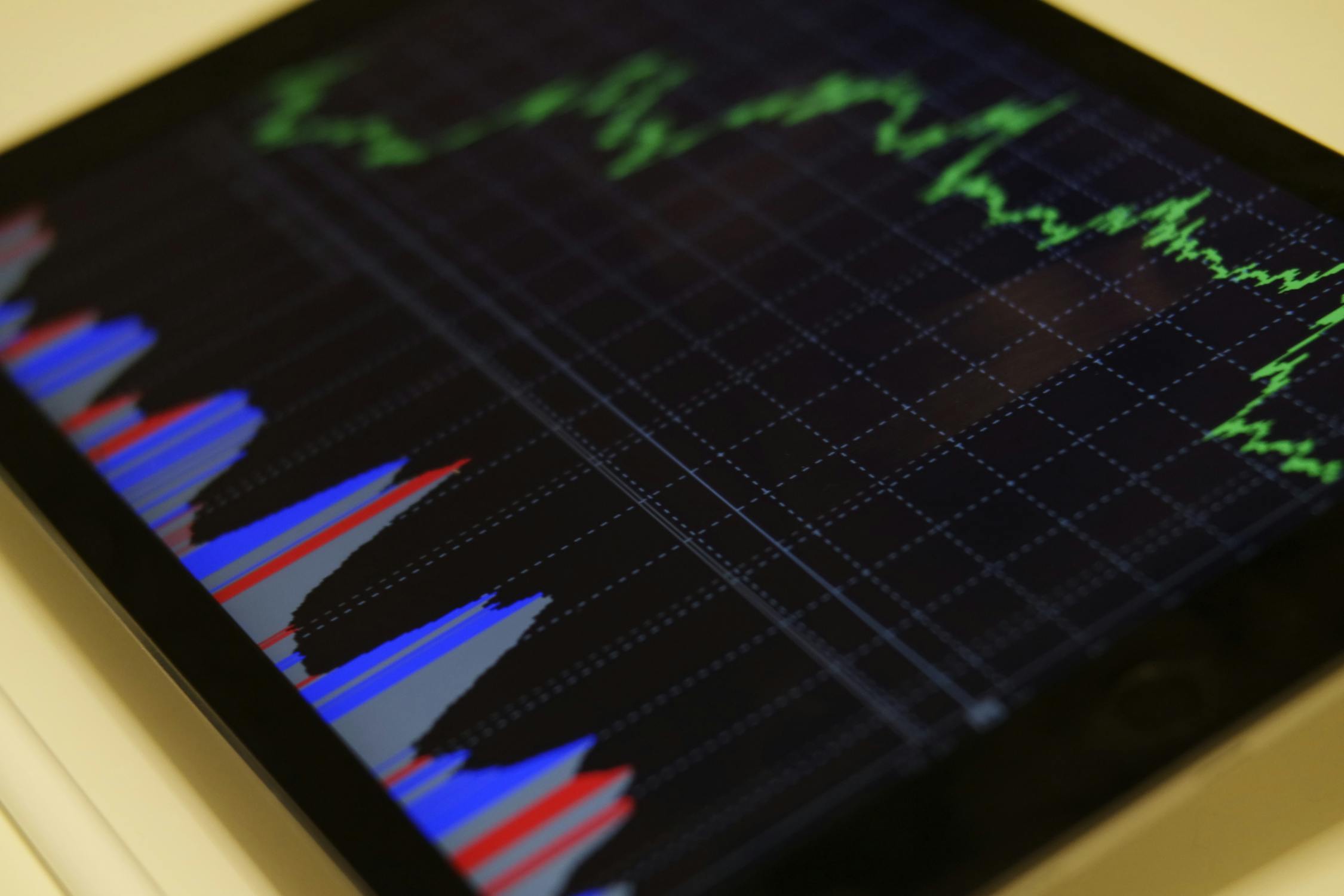The impact of the COVID-19 problem on the economies of the nations in West Asia should be of prime relevance. As a result, nations may witness a decrease in growth patterns and overall productivity, erasing all prior gains.
The COVID-19 issue is unlikely to become much worse as countries continue to suffer from the negative consequences of global trade turbulence and low oil prices. As a result of the global nature of the crisis, governments are unable to get as much financial assistance as they would want.
The crisis is expected to be about five times greater than any other financial disaster in the world’s history. If subsequent pandemic waves see weak government responses, the global GDP might fall by 6% to 10%, or even higher if further pandemics occur.
The crisis has significantly weakened the country’s principal sources of foreign currency, which include both international and local tourism.
A number of significant countries in West Asia are unable to agree on a stable currency exchange rate. In the following article, you will talk about the different nations which have issues related to exchange rates.

UAE
The present fixed-to-US-dollar exchange rate arrangement for the UAE dirham has been called into doubt.
An important consideration is whether or not the dirham will stay pegged to the dollar in accordance with official United Arab monetary policy (represented by the central bank governor). Second, scholars propose a system of deconstruction and adoption with a changeable exchange rate. In the face of this disagreement, how can we make a choice between fixed and flexible? Exchange rate regimes may be categorized by UAE Forex brokers as falling or rising rates (source: https://www.topratedforexbrokers.com/ar/). To put it another way, a peg is an example of a fixed exchange rate, and it is possible to change it when necessary. Inflation is lower and less volatile in countries with tighter currency exchange rates, according to numerous studies. However, the link between the currency exchange system and growth is not clear.
Furthermore, alternative exchange rate schemes alone do not necessarily lead to better or worse inflation rates. The number of countries with flexible exchange rates has increased over the last decade, and this trend is expected to continue with the increasing globalization of financial markets. However, neither a rigidly fixed exchange rate regime nor a fully flexible exchange rate regime is optimal for macroeconomic stability. The inflation rate in flexible exchange-rate countries was greater than in fixed-exchange-rate nations.
Inflationary, mild, open, domestic shocks and the degree in dollars are all criteria that support stable exchange rates. One-stop currency globalization and the internationalization of the one-stop currency are beneficial variables for exchange flexibility. Inflation and substantial external imbalances as well as low international reserves are also good reasons for exchange flexibility.
There isn’t a single factor that determines which regime of exchange rates will be used when these elements are taken into account.
Lebanon
Meanwhile, political paralysis and economic ruin remain in Lebanon, sending its currency to fresh record lows against the US dollar.
At one point in late 2019, the Lebanese currency was trading at roughly 15,150 to the dollar and had lost more than 90% of its value amid the financial and economic crisis.
At this point, Lebanon’s stability is in jeopardy and the reason for this is the political uncertainty. People were blocking roads with burning tires when the pound hit 15,000. They remained on the streets for a week.
Shortages in foreign reserves have been increasing in recent weeks, needed to fund a subsidy program for basic imports like gasoline, medicine, and wheat.
In order to save money, some hospitals refuse to do non-emergency procedures and instead focus on saving lives. For the last two days, most pharmacies have been on strike, causing medications to run out and hours-long queues for gasoline cars to enrage drivers.
Against the backdrop of shaky political institutions, the economic catastrophe takes place.
Turkey
President Erdogan fired the head of Turkey’s central bank this weekend, which triggered a 15% drop in the Turkish lira.
Naci Agbal was widely regarded as a key figure in rescuing the lira from the depths of history.
Mr. Erdogan was unexpectedly followed by the third Central Bank Governor to quit in less than two years.
Mr. Agbal, who was appointed in November, has raised interest rates to combat an inflation rate of more than 15%.
Investors in Turkey and throughout the world were taken aback, despite their appreciation of the central bank’s recent monetary measures.
Anxieties have been aroused due to the nomination of Sahap Kavcioglu, a former banker and senator.
The expulsion had a negative impact on the Istanbul stock market and raised questions about Turkey’s borrowing rates as a result.
Due to a substantial drop in share prices, automatic circuit breakers were activated, halting trading for a short period of time.
Turkey’s currency rallied after a severe plunge to almost 8% less than the US dollar after Foreign Minister Lutfi Elvan announced that Turkey will adhere to the free market’s fundamentals. Over a quarter of the Lira’s value was regained from its lowest point in 2021, making it one of the most efficient emerging currencies. Because of this, it is concerning that Mr. Erdogan’s selection of Mr. Kavcioglu to succeed Mr. Agbal may undo the gains made during Mr. Agbal’s short tenure.
A well-known banking professor and former member of the Court of Justice, Mr. Kavcioglu is well-known in the financial and legal communities. He agrees with Mr. Erdogan’s unconventional belief that high-interest rates might lead to an increase in inflation.
A 19 percent interest rate enticed overseas investors to keep their money in the Turkish lira.
